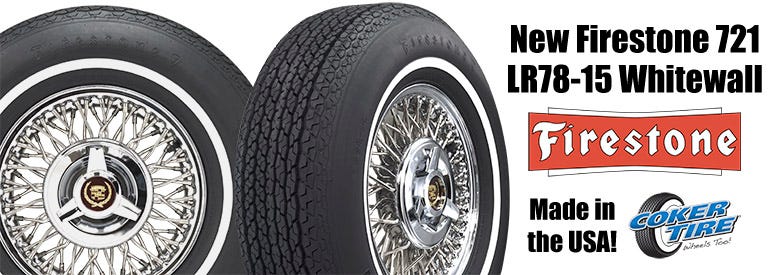Thanks to all who responded. I'm not quite sure how to write all this up, but I'll find a way.
I would like to comment on a couple of Firestone related issues brought out above:
There was a huge recalls in 1977 & 1978 of Firestone 500's. It is mentioned here:
Wikipedia: Firestone Tire and Rubber Company
Wikipedia says the cause was the failure of the bonding cements. Not exactly. Every tire manufacturer had the problem because they all used a chemical bonding agent that turned into an acid when exposed to water. Unfortunately, water vapor can permeate through the tire, so the acid rusted the steel belts. Firestone was the last to figure this out and change over to a new chemical that didn't. They wasted a lot of time trying to get rid of water in the manufacturing process - all to no avail.
More importantly, they handled this badly. They tried to fight the regulators and to the public denied they had a problem.
In the fall of 2000, they had another huge recall, this time of the Firestone Radial ATX.
Wikipedia: Firestone and Ford tire controversy
I have my own take on this and dedicated a webpage to the subject:
Barry's Tire Tech: The Firestone / Ford Controversy
Again, Firestone handled this badly.
What I find most interesting is how little both of these affected the public's buying practices. By rights, these 2 recalls and how they handled them should have resulted in the Firestone brand being delegated to the sidelines. Instead, Bridgestone continues to successfully market the brand in the aftermarket.



